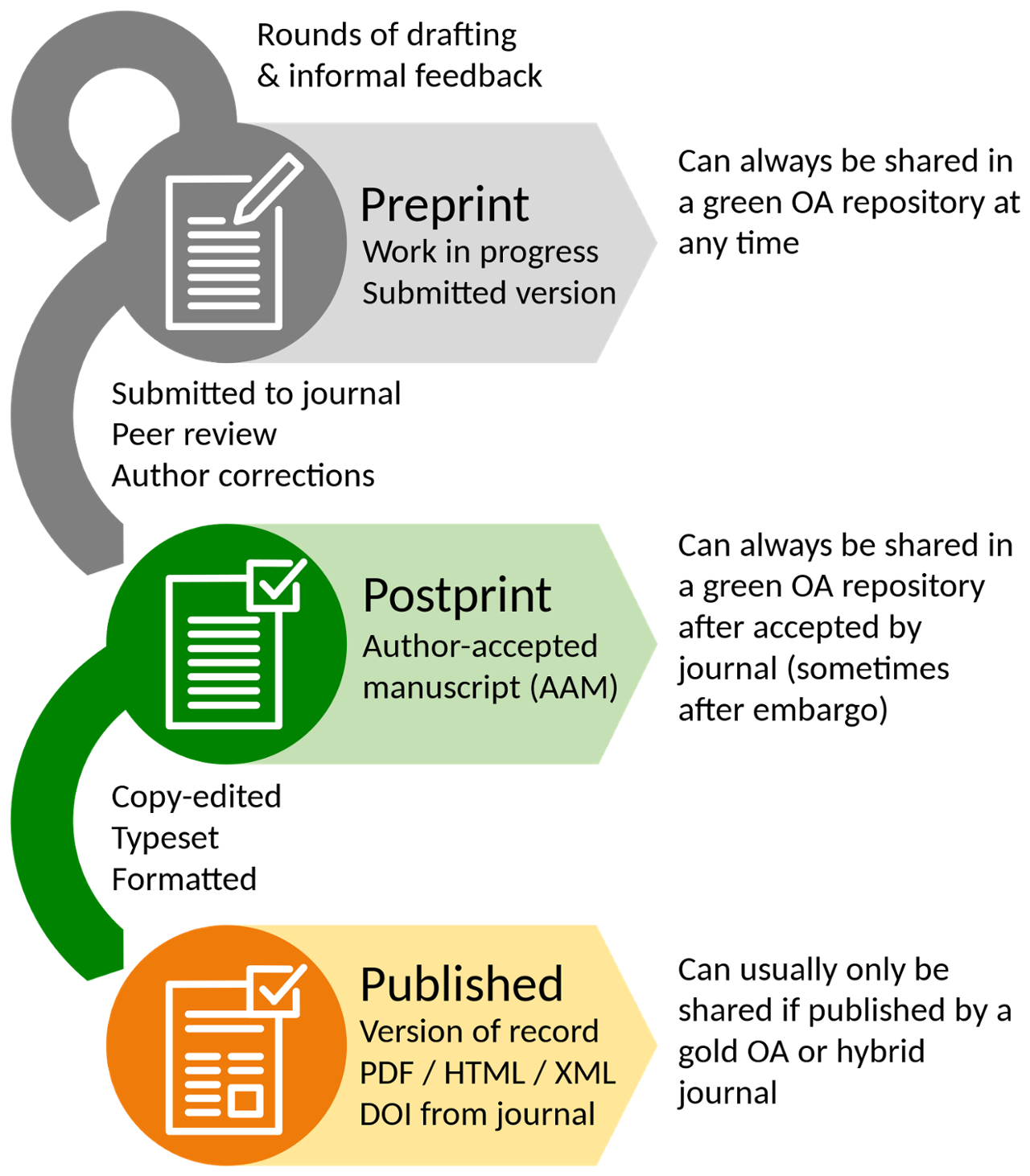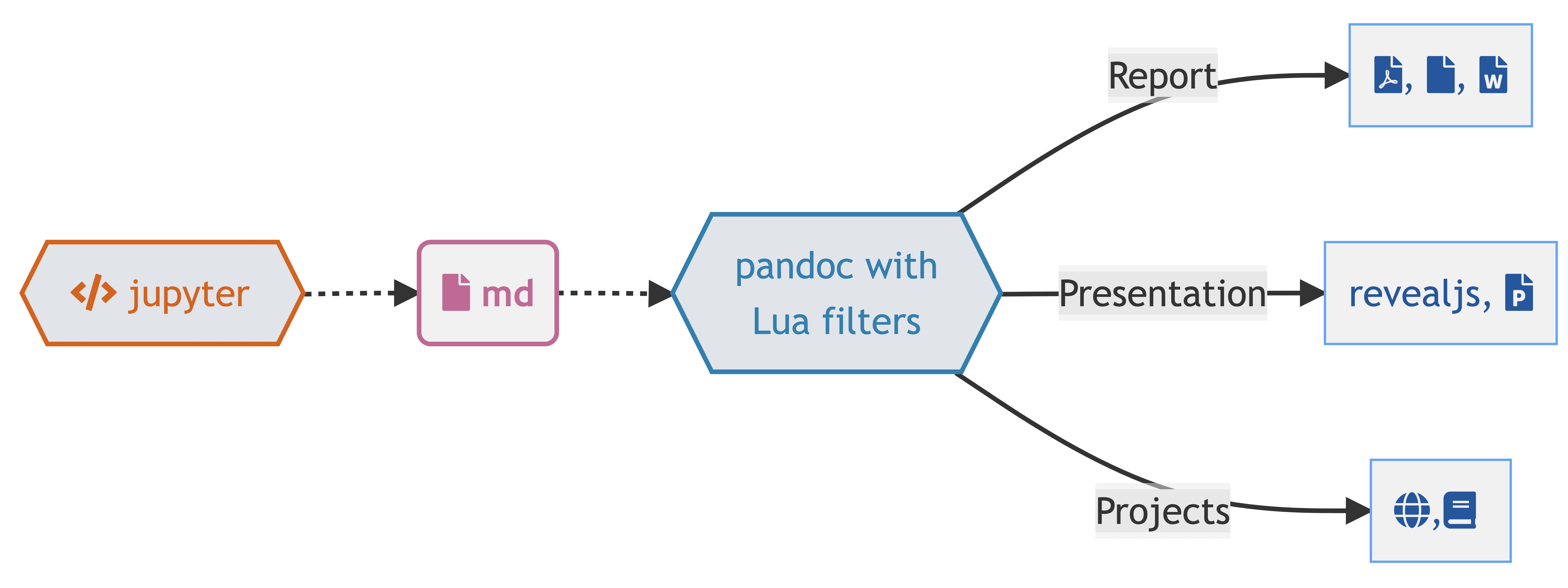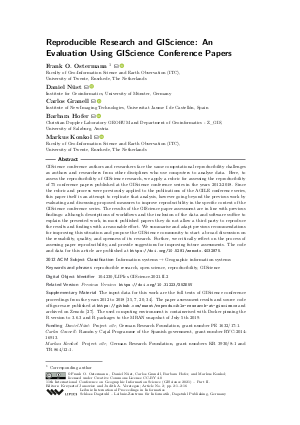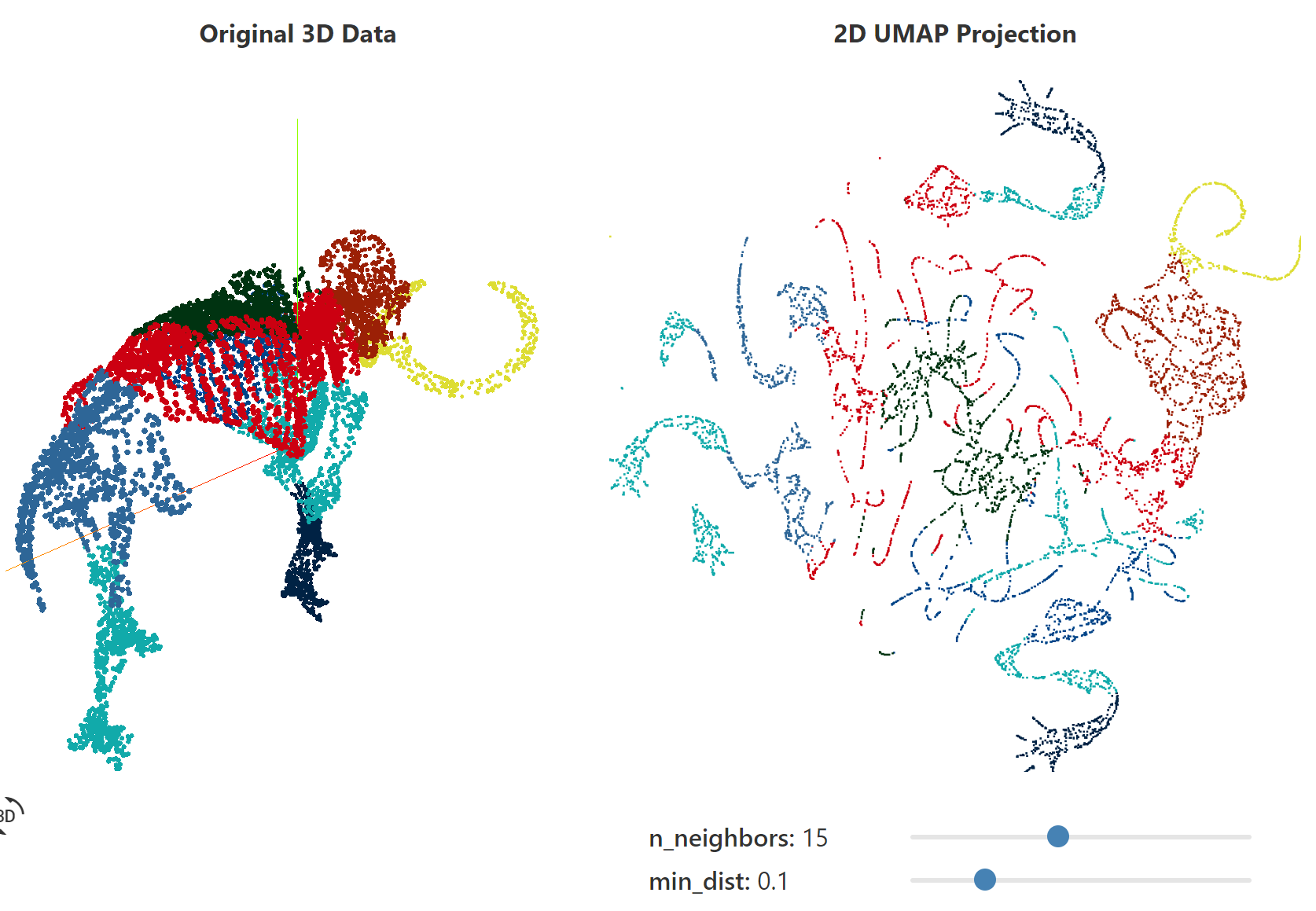To cite R in publications use:
R Core Team (2023). _R: A Language and Environment for Statistical
Computing_. R Foundation for Statistical Computing, Vienna, Austria.
<https://www.R-project.org/>.
A BibTeX entry for LaTeX users is
@Manual{,
title = {R: A Language and Environment for Statistical Computing},
author = {{R Core Team}},
organization = {R Foundation for Statistical Computing},
address = {Vienna, Austria},
year = {2023},
url = {https://www.R-project.org/},
}
We have invested a lot of time and effort in creating R, please cite it
when using it for data analysis. See also 'citation("pkgname")' for
citing R packages.After analysis
Writing and sharing reproducible resources
GEOTEC, Universitat Jaume I
Apr 30, 2024
[#21] “Resources (data, code, …) available upon request”
NEVER
Data and code must be made available at prepublication or submission time (SHOW ME), rather than postpublication (TRUST ME)
Example
(Stodden, Seiler, and Ma 2018) analysed 204 computational articles from Science with policy “data and code available postpublication upon request” in place. Authors:
Received data and/or code from authors for 44%;
Were able to reproduce findings for 26%;
Concluded improvement over no policy, but insufficient for reproducibility
[#22] Report software tool versions you use
Software version
Specify versions of software tools/components used in the paper (packages, libraries, frameworks, etc.)
A different version can lead to different results!
Example
Check “Story 4: Different Versions of Code, External Libraries, or Compilers can Challenge Reproducibility” (Mesnard and Barba 2017) to understand why using different software versions makes a difference in some disciplines
[#23] Cite the software you use
Do I cite all software used in my paper?
Cite software that’s KEY to research results
How to cite R engine
How to cite R packages
To cite palmerpenguins in publications use:
Horst AM, Hill AP, Gorman KB (2020). palmerpenguins: Palmer
Archipelago (Antarctica) penguin data. R package version 0.1.0.
https://allisonhorst.github.io/palmerpenguins/. doi:
10.5281/zenodo.3960218.
A BibTeX entry for LaTeX users is
@Manual{,
title = {palmerpenguins: Palmer Archipelago (Antarctica) penguin data},
author = {Allison Marie Horst and Alison Presmanes Hill and Kristen B Gorman},
year = {2020},
note = {R package version 0.1.0},
doi = {10.5281/zenodo.3960218},
url = {https://allisonhorst.github.io/palmerpenguins/},
}- Do you cite
SciPylibrary as a footnote 1 or as a regular article instead?
Do not use URL; cite
SciPyas a regular paper (if it is relevant for your research)Authors of software articles should receive equal credit
[#24] DASA Section
DASA = Data and Software Availability
AGILE Reproducible Paper Guidelines (Nüst et al. 2020)
“The DASA section provides references to where data, software and documentation is available (e.g., paper section or README file) and under what conditions (e.g., copyright, licenses or access procedures for protected data). It should be concise and contain persistent links to repositories using Digital Object Identifiers (DOI).”
DASA Examples
“All analyses were performed using R Statistical Software (v4.3.0; R Core Team 2023). Penguin data was obtained via the
palmerpenguinsR package (v0.1.0; Horst AM, Hill AP, Gorman KB (2020)”.
Based on citation() examples in recommendation 23
“The input data for this work are the full texts of GIScience conference proceedings from the years 2012 to 2018. The paper assessment results and source code of figures are published at https://github.com/nuest/reproducible-research-at-giscience and archived on Zenodo [Daniel Nüst et al., 2020]. The used computing environment is https://github.com/rocker-org/binder/ pinning the R version to 3.6.3 and R packages to the https://mran.microsoft.com/timemachine of July 5th 2019.”
Extracted from (Ostermann et al. 2021)
[#25] Share pre-prints
Preprints are versions of papers that have not yet been sent to a journal for review

Sharing preprints increases access and visibility to your work
Before sharing (depositing): choose appropriate license
Tips
Preprint and published versions can be merged in Google Scholar for citation
Where to deposit?
- arXiv: physics, mathematics, computer science, quantitative biology, statistics, electrical engineering, and system sciences.
- BioRxiv: biological sciences.
- ChemRxiv: chemical science.
- EarthArXiv: Earth Science and related domains of planetary science.
- psyArXiv: psychology, powered by OSFPreprints.
- SocArXiv: social sciences, powered by OSFPreprints.
Sharing preprints according to UJI
Open access dissemination of research results
“What type of publication must be deposited? Scientific articles. Also recommended: monographs, book chapters, conference papers, etc.
“Regarding the version of the article to be deposited, the published document in PDF format is recommended. If the editorial policy does not allow it, the postprint or the preprint will be deposited.”
Declaración institucional a favor de la promoción del acceso abierto en la Universitat Jaume I
“Cuando no se permita la difusión en acceso abierto del texto completo revisado, se solicitará que se deposite la versión no revisada de autor o autora (preprint)”
Código de Buenas Prácticas en Investigación y Doctorado
“[Researchers] will save the different versions of their publications (preprint, postprint and publisher’s PDF) in order to be able to deposit the document corresponding to the copyright and intellectual property rights in the UJI Repository”
“When the revised full text (postprint) is not allowed to be disseminated in open access, the author’s unrevised version (preprint) must be deposited.”
[#26] Share data/code
As part of the writing and sharing process…
Document and deposit your data/code resources
Include them as references in your paper
Cite them (most likely in the DASA section)
See flowchart in Recommendation 13
Tips
- Check “Reproducibility checklist” (Nüst et al. 2020)
- Linking GitHub with Zenodo
[#27] Research compendia
A research compendium is…
Collection of data, code, products (reports, questionnaires, etc.) of a research project that are archived together
Standardised and easily recognisable way to organise digital materials of a research project
Basic principles when creating a research compendia
Tools to share every step of the scientific process
[#28] Hello Quarto (and friends)
knitr (Yihui Xie 2015) started in 2011, RMarkdown (Y. Xie, Allaire, and Grolemund 2018) in 2014

Quarto (Allaire 2023) started in 2022
Weave together text and code to produce formatted output such as documents, web pages, blog posts, books, articles
Dynamic document: Reproducible figures/tables are created with code and integrated into documents in a way that are automatically updated when analyses are re-run
Quarto with R

Quarto with python

Quarto with python

[#29] Reproducible (interactive) manuscripts
Business as usual

Future is interactive AND reproducible papers
[#30] Spread the word
Dear colleagues,

Cultural change
Community effort
References


